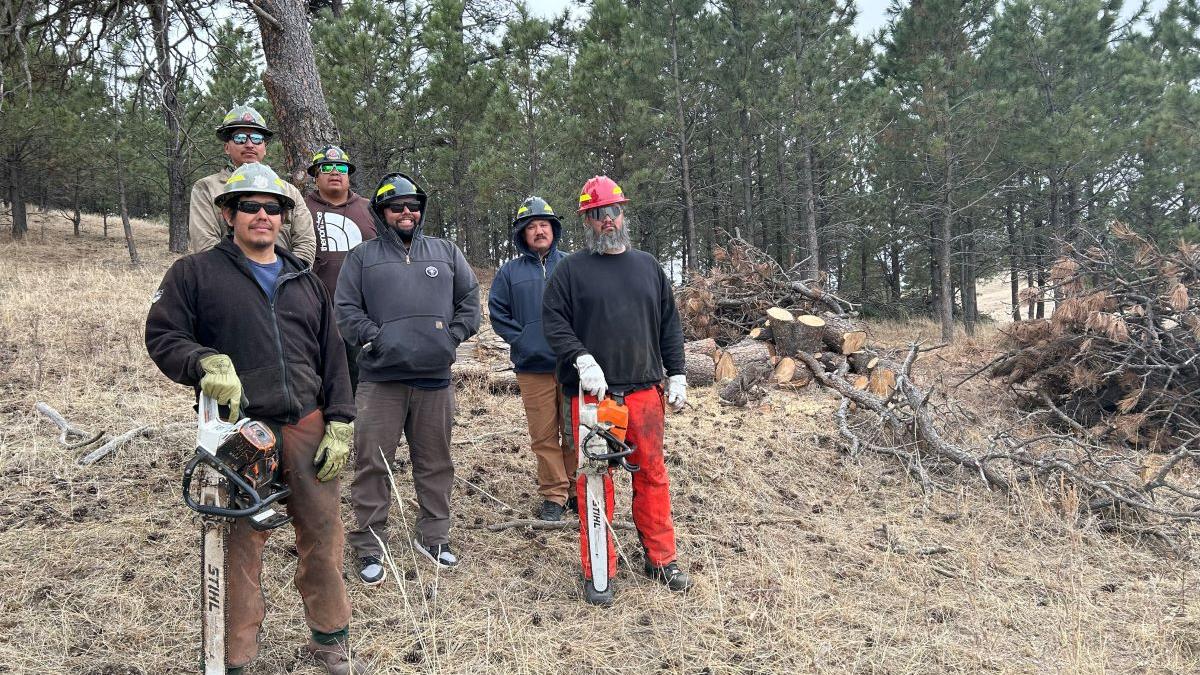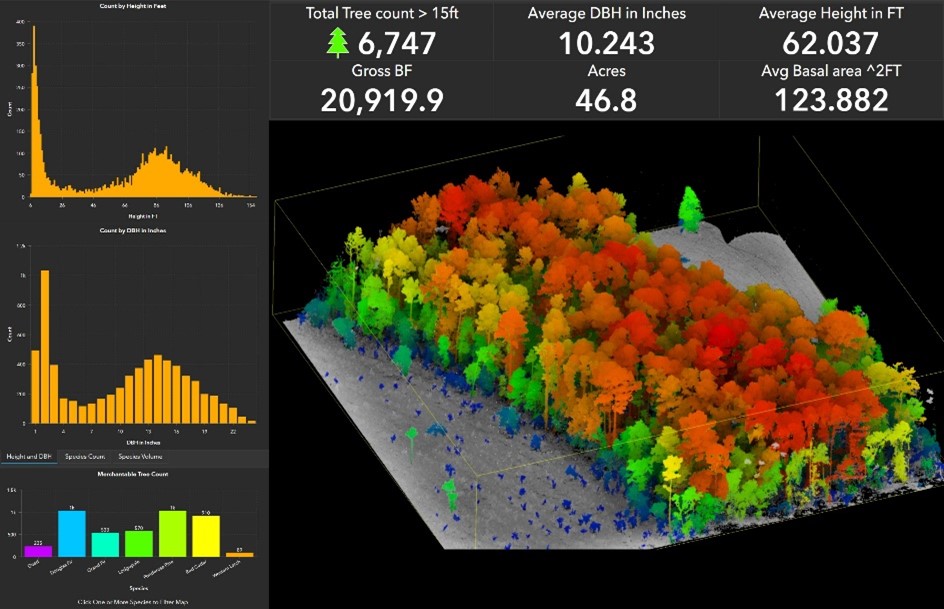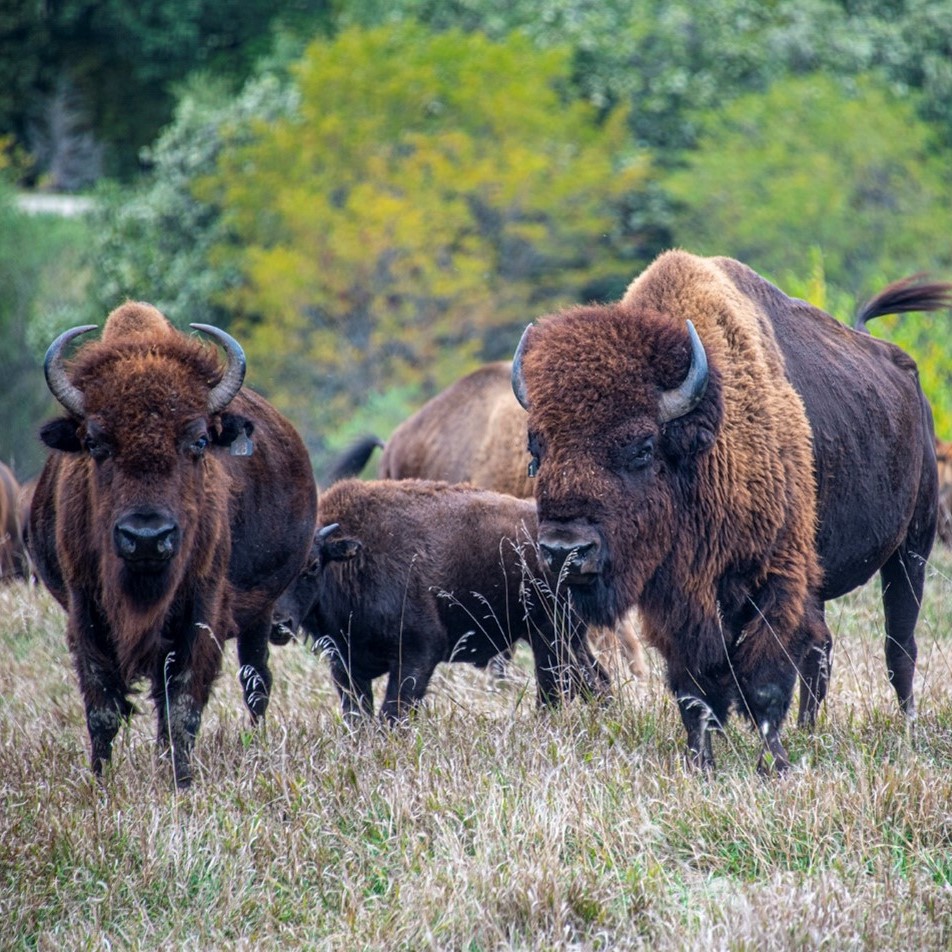Communities and ecosystems across Indian Country face serious threats from wildfire, insects and disease, invasive species and climate change. Fuels management actions embrace Tribally-embedded tenets and principles of ecosystem heath, resilience and cultural values that support the maintenance and restoration of Tribal lands by reducing the potential of severe wildfire in forests, woodlands and rangeland ecosystems.
Fuels management programs and priorities supported by the Division of Wildland Fire Management include:
Hazardous Fuels Reduction
The Fuels Management Program works with the Bureau of Indian Affair’s (BIA) 12 regional offices, local BIA agencies and Tribes to reduce wildfire risk through management of natural and invasive fuels. Hazardous fuels reduction treatments include prescribed fire, mechanical treatments (such as thinning, regeneration cuts, pruning, mastication, and chipping) and the careful use of natural fire.
Traditional Ecological Knowledge
Traditional ecological knowledge (TEK) is a body of observations, oral and written knowledge, practices, and beliefs that promote environmental sustainability and the responsible stewardship of natural resources through relationships between humans and environmental systems, applied across biological, physical, and cultural systems.
BIA staff work alongside Tribes to blend traditional ecological knowledge with a scientific approach in their fuels management efforts.
Reserved Treaty Rights Lands Program
The Reserved Treaty Rights Lands (RTRL) program facilitates collaborative projects between Tribal trust and non-Tribal land managers. The RTRL program’s intent is to provide Tribes the opportunities to conduct Tribally-determined project work on ancestral lands regardless of ownership to enhance the health and resiliency of priority Tribal natural resources with high risks of wildland fire.
Fuels Management in the Bipartisan Infrastructure Law
The 2022 Bipartisan Infrastructure Law (BIL) provides over $103 million in funding for wildfire risk reduction, including Indian Country. Ecosystem health, resilience and Tribal cultural values that are heavily embedded within Tribal resource management philosophies. Of the 59 million acres of Indian trust land, more than 8.6 million acres of forest, woodland and rangelands are high or very high risk of Wildfire.
- Climate change is jeopardizing 9.5 million acres of moderate fire risk lands at a quickening pace, transitioning moderate acres to high and very high risk.
- Ecologically over 1 million acres of Indian lands need some level of fuels treatment annually.
- Outyear strategic planning, investigating, and investing in new technologies and developing Indian Country’s workforce are critical to achieve long term success.
BIL funding provides tremendous opportunity for strategic planning. For example, Lidar projects provide robust strategic applications for multi-year active management planning and implementation and support integrated resource management regimes.
Start Here
News
-
 The Bureau of Indian Affairs (BIA) Pine Ridge Agency has led efforts to engage the Oglala Sioux Tribe in South Dakota…
The Bureau of Indian Affairs (BIA) Pine Ridge Agency has led efforts to engage the Oglala Sioux Tribe in South Dakota… -
The Hualapai (People of the Tall Pine) Tribe is in northwest Arizona with a land base that encompasses over a million…
-
In support of the Department’s efforts to restore the American Bison species and integrate Indigenous Knowledge into…
Additional Information
Related Services
Contact Us
Boise, ID 83705




